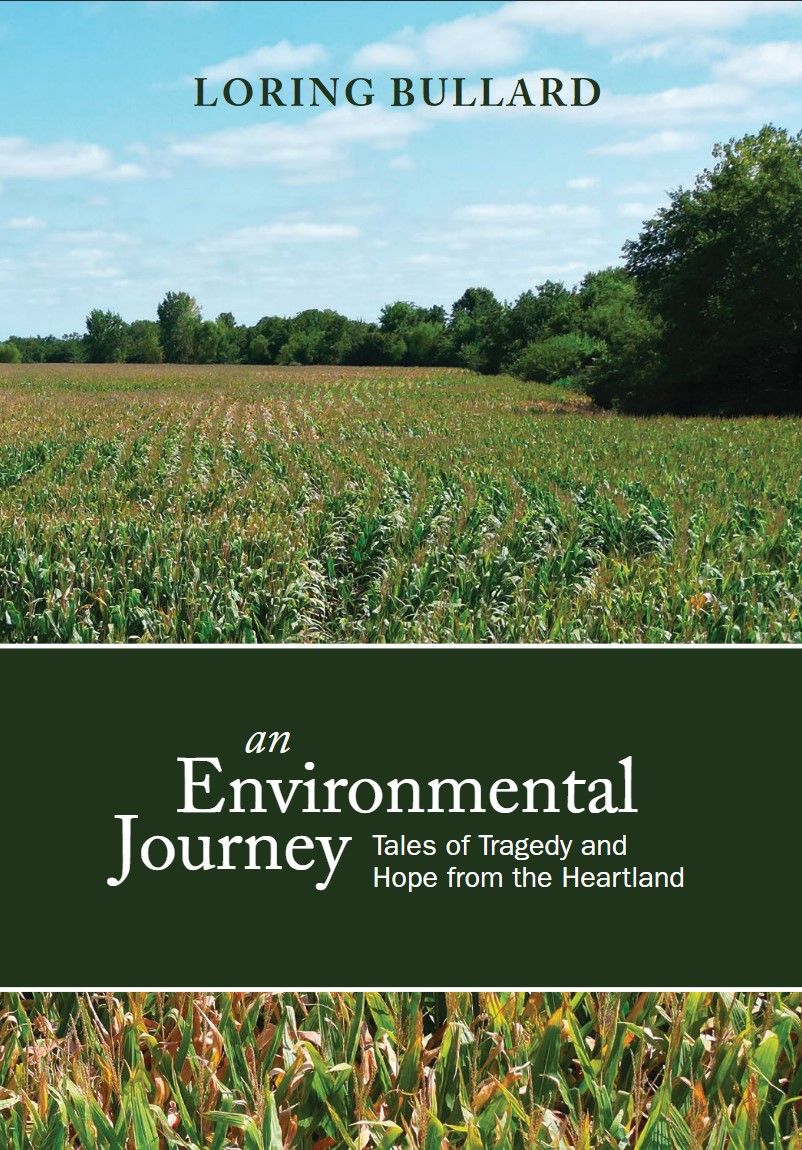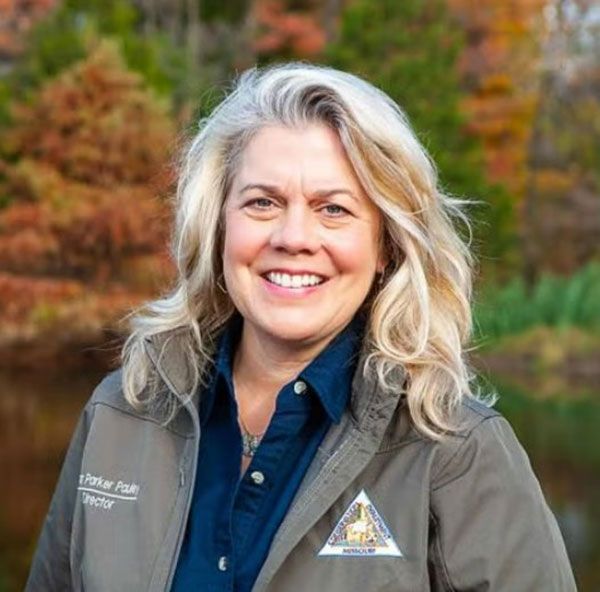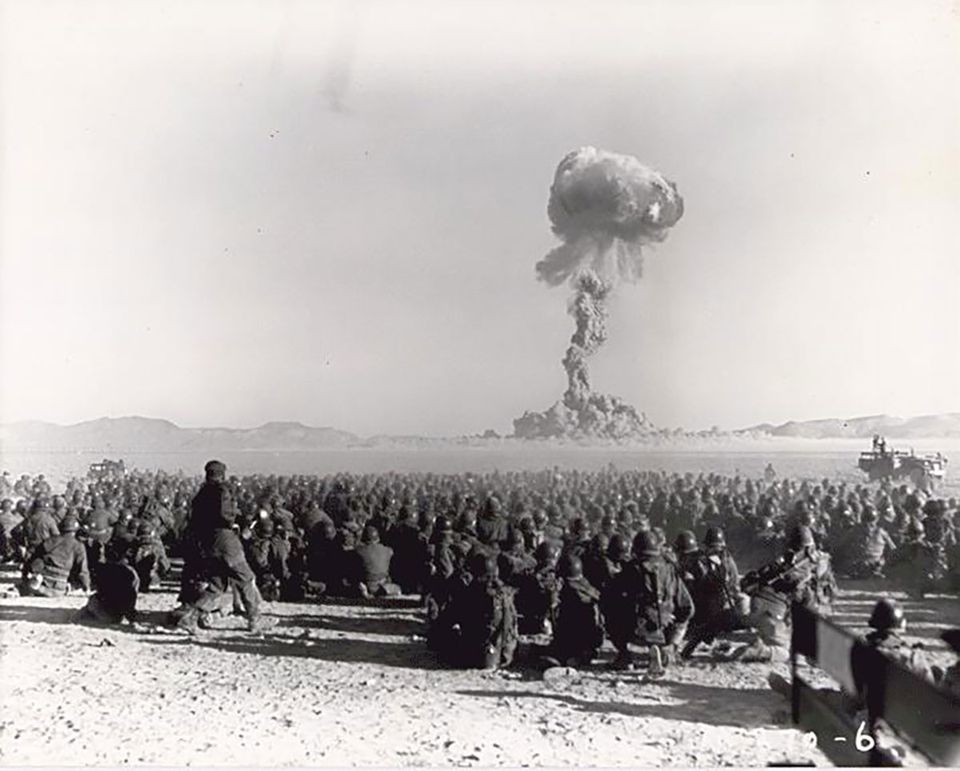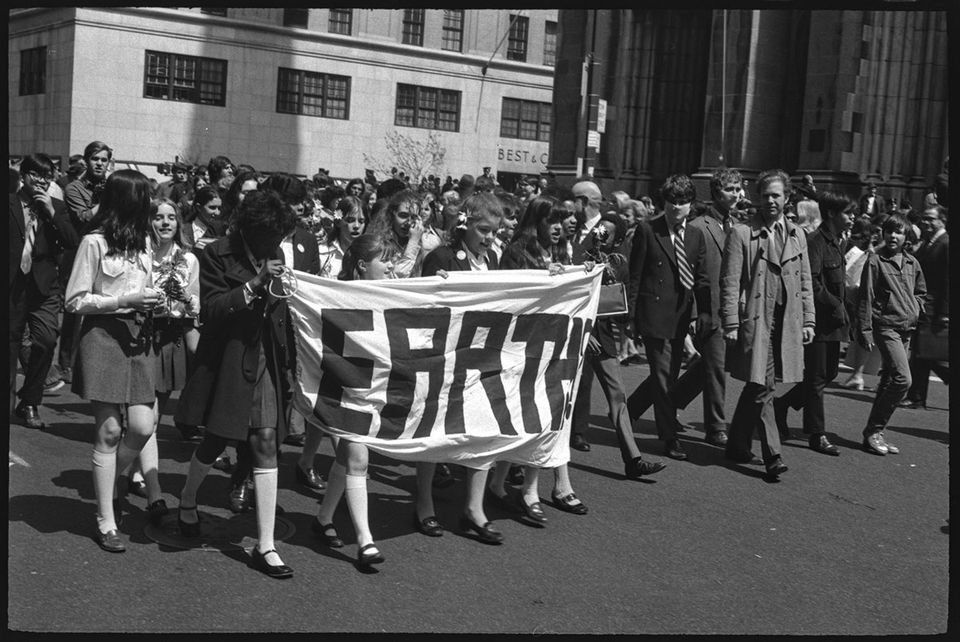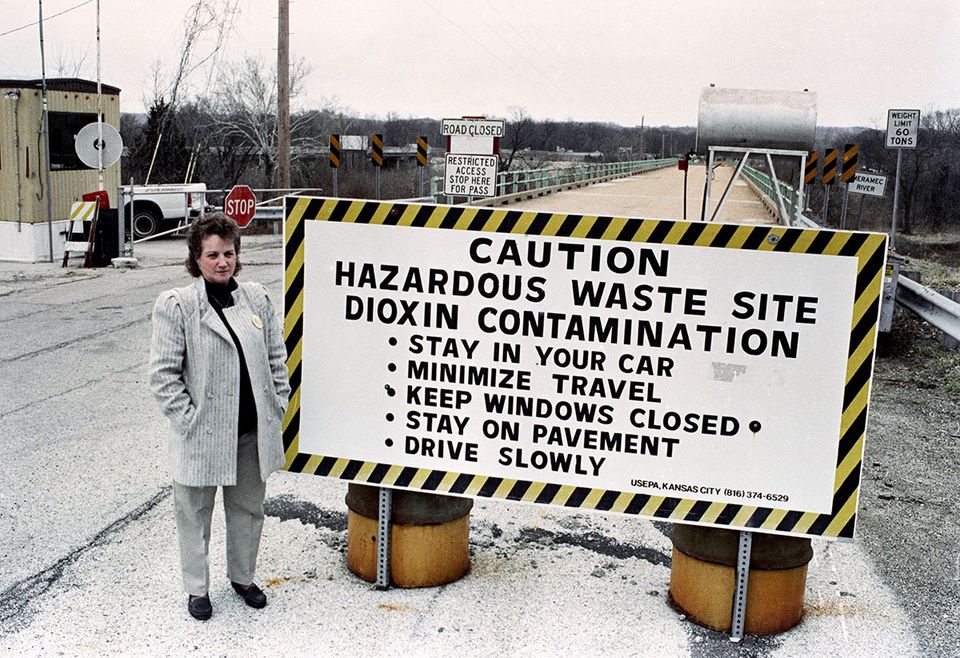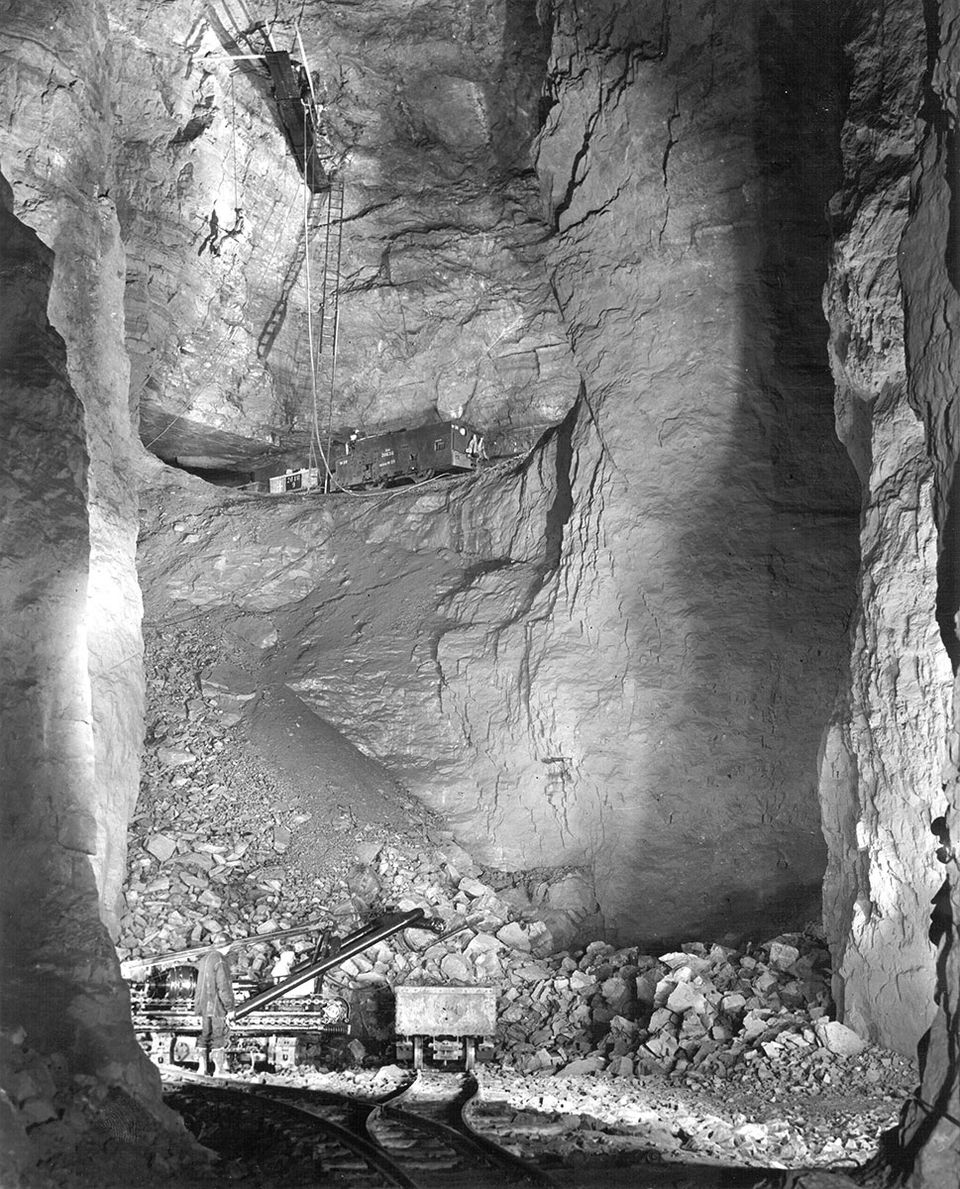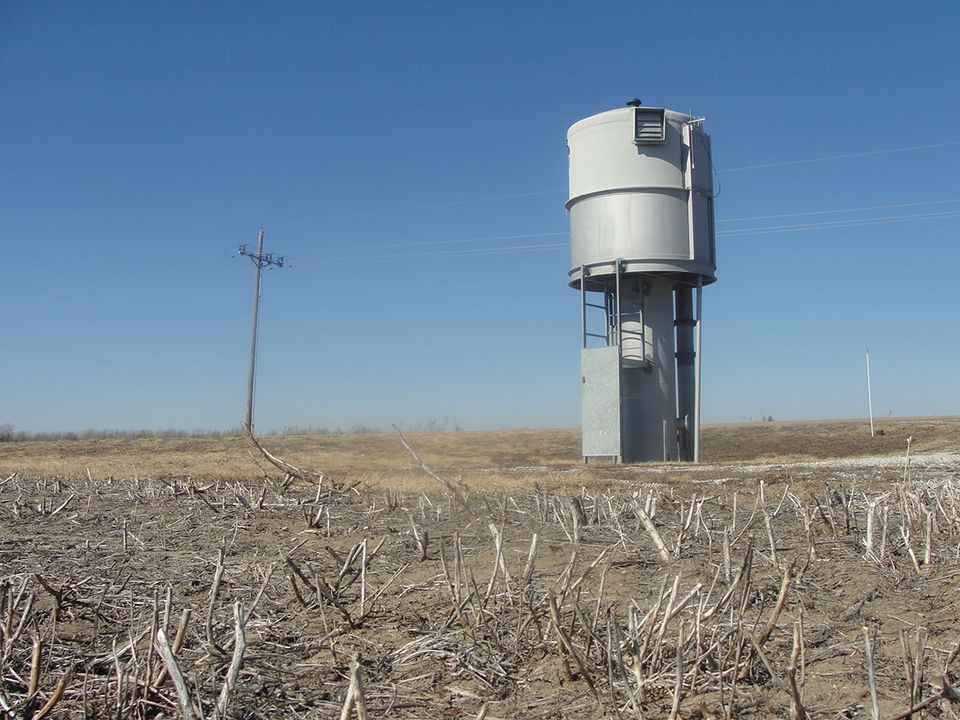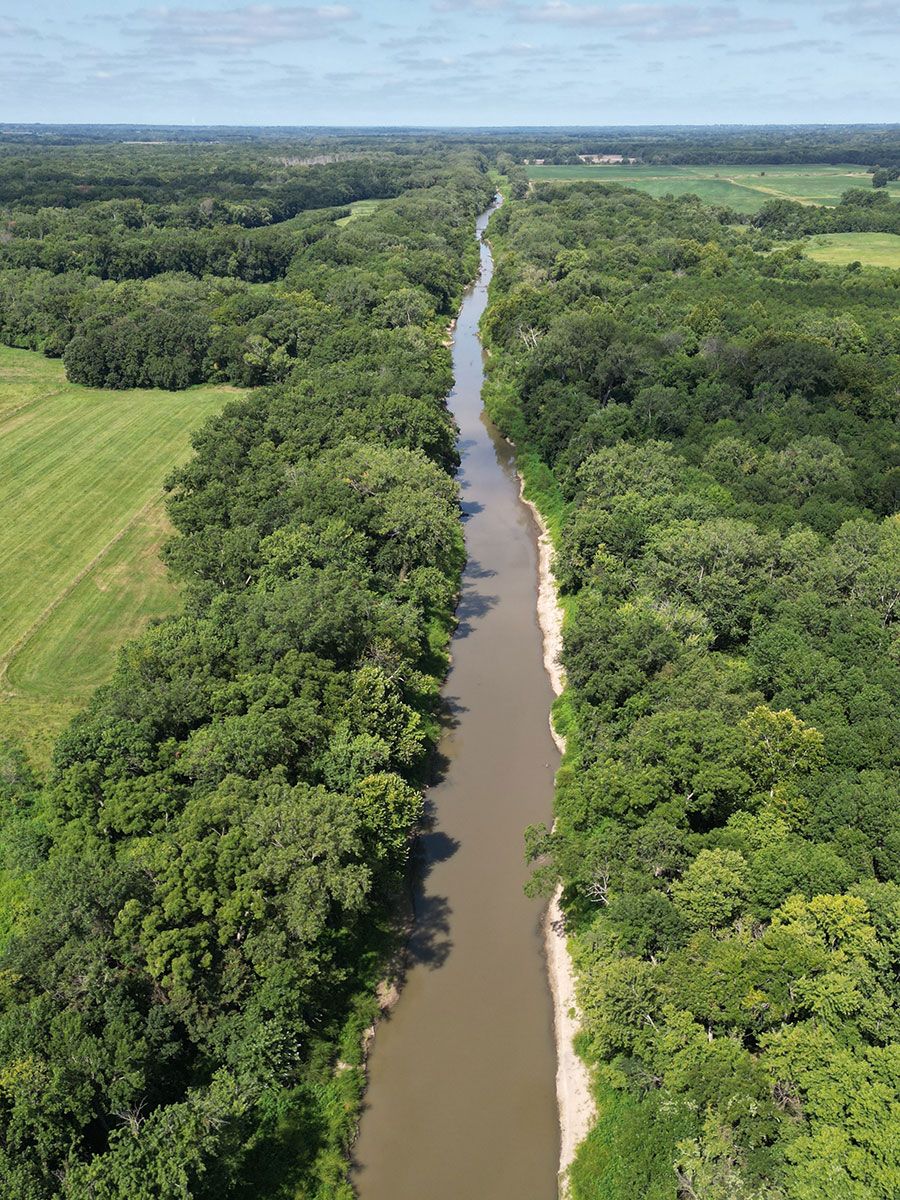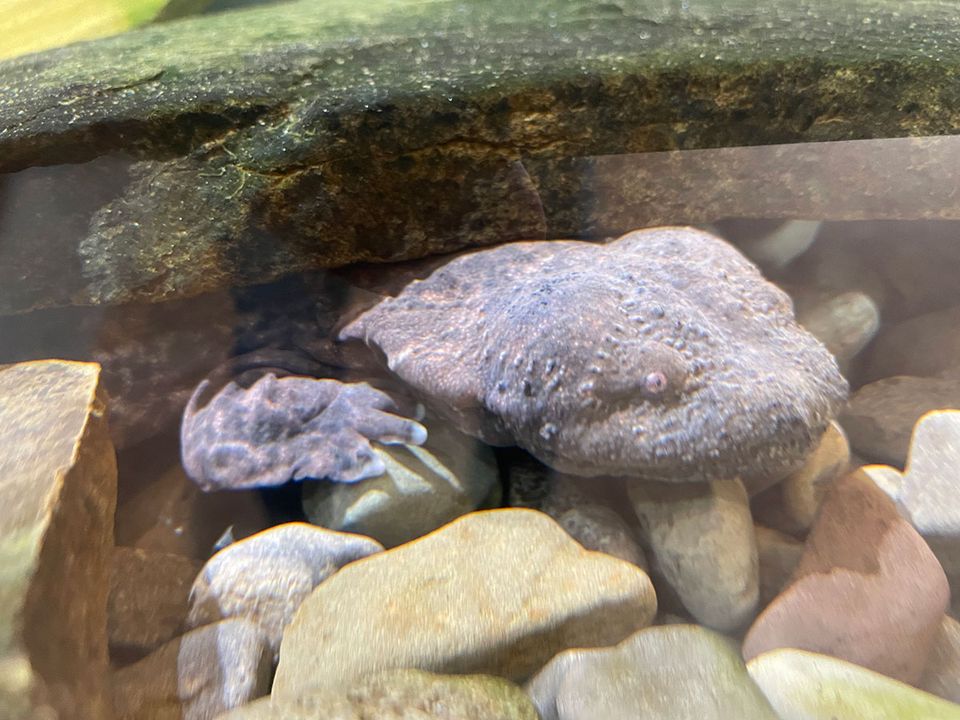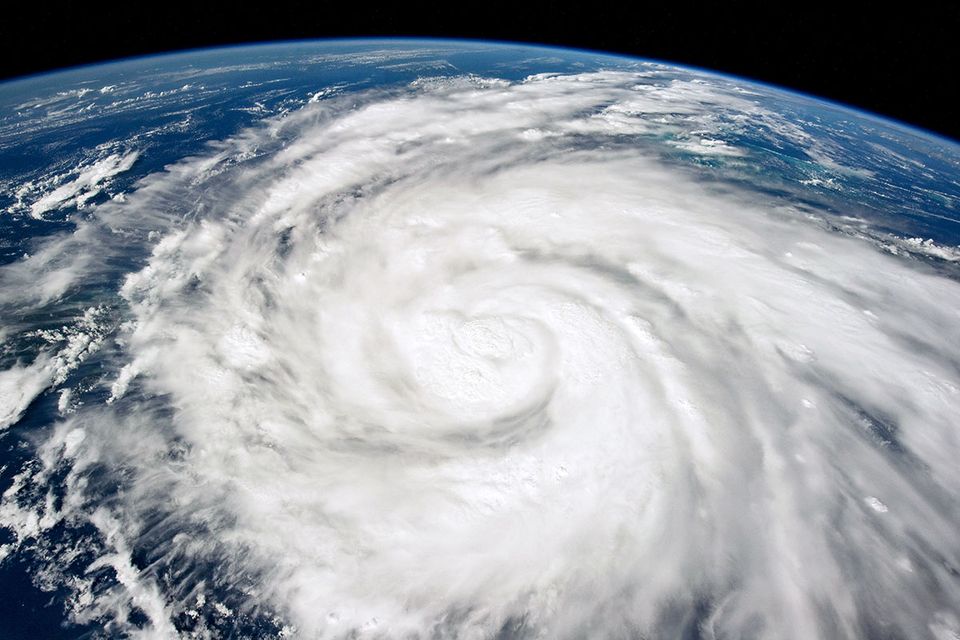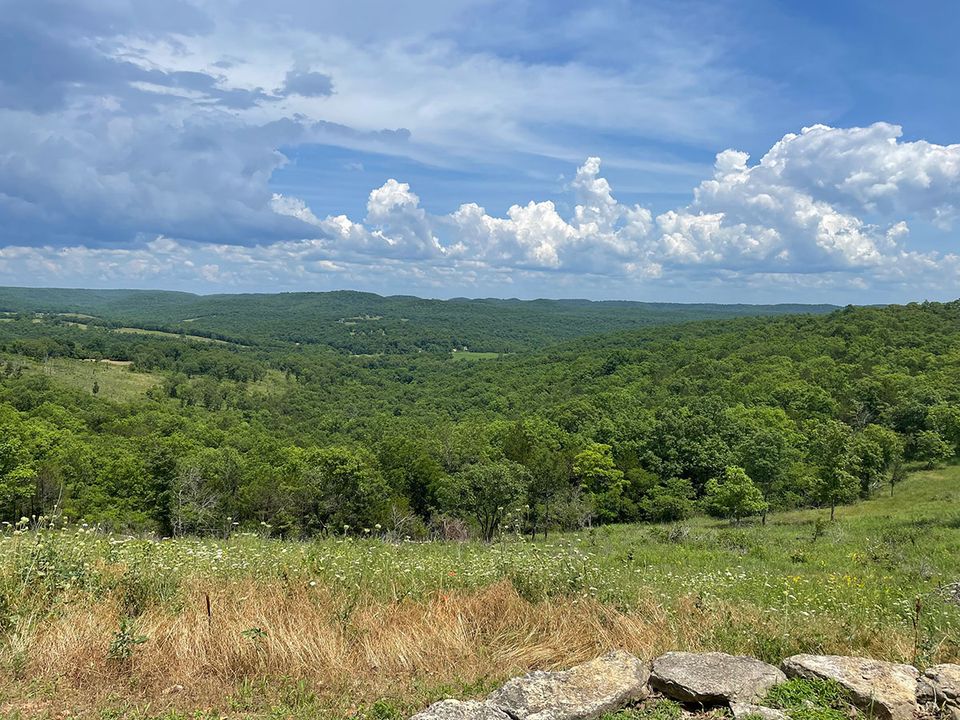In his memoir, Loring Bullard reflects on his 73 years, from his 1950s and ’60s urban and rural American childhood to the present day, all woven seamlessly in with the historical events that shaped him, the state of Missouri, the nation, and the world. In 225 colorful pages, this book tackles the Cuban Missile Crisis, nuclear testing, Earth Day, the contamination of Spring River and the ghost town of Times Beach, the production of Agent Orange in Missouri, lead mining controversies in the eastern Ozarks, rivers that caught fire, the rise of factory farming, legislative progress and setbacks, and much more. Along the way, Bullard provides ideas and resources for protecting the land, water, and air that we all share.
